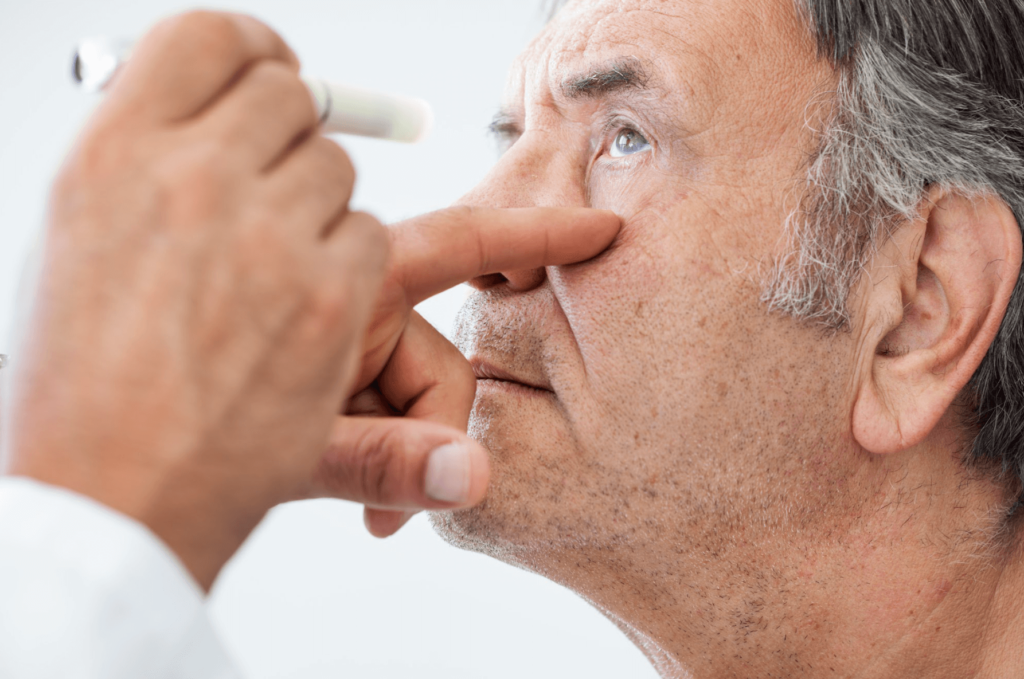Dry Eye,Eye Specialists of Napa Valley,Our Team

If youre experiencing dry eyes, you are likely experiencing discomfort and wondering how to address your symptoms. At Eye Specialists of Napa Valley, we want you to have optimal eye health, but we also want to help you be comfortable living everyday life. Understanding the range of dry eye syndrome symptoms is your first step toward achieving relief. This prevalent condition affects a large population and often leads to eye dryness, sometimes involving complications like dry tear ducts. Recognizing the various symptoms early on can set you on the right path for effective management and a more comfortable life. For help addressing dry eye syndrome, contact our Napa, CA, facility to schedule an appointment.
What are the common symptoms of dry eye syndrome?
Dry eye syndrome symptoms are varied and can range from mild to severe. Understanding what to look for can be crucial in timely treatment. Common symptoms include:
- Stinging or burning sensation
- Redness
- A feeling that something is stuck in your eye
- Watery eyes as a counter-response to dryness
- Dry tear ducts in severe cases
Each of these symptoms contributes to the discomfort that disrupts daily activities and makes simple tasks challenging.
How does dry eye affect everyday activities?
Focusing on everyday tasks like reading a book or working on your computer becomes increasingly tricky when battling dry eye. The constant sensation of eye dryness and other accompanying symptoms can significantly affect your concentration. Activities requiring extended periods of focus become particularly hard to endure. The persistent discomfort becomes an ever-present distraction, taking a toll on your day-to-day life and emotional well-being.
Does eye dryness get worse in certain environments?
Dry eye syndrome symptoms, especially eye dryness, are sensitive to your surrounding environment. A windy day or time spent in an air-conditioned room can aggravate your eye discomfort, making it worse than it usually is. Additionally, environments with low humidity can trigger or exacerbate dry eye conditions. Recognizing these environmental factors can help you prepare by taking preventive measures, like wearing protective eyewear or using indoor humidifiers.
Can age and lifestyle factors contribute to dry eye?
Various lifestyle factors and aging can significantly influence the severity of dry eye symptoms. Older adults are generally more prone to experiencing eye dryness. A diet devoid of essential fatty acids can also exacerbate the condition. Furthermore, prolonged screen time has been identified as a contributing factor; reduced blinking frequency tends to dry out the eyes more. Being aware of these risk factors can guide you in making lifestyle changes that alleviate symptoms and enhance your overall eye comfort.
What treatment options can relieve dry eye symptoms?
To effectively manage dry eye syndrome symptoms, a multifaceted approach is often required. At our Napa, CA, center, the first line of defense usually involves using artificial tears, providing immediate but temporary relief. Prescription medications are also available for individuals with more persistent or severe symptoms. Incorporating lifestyle changes, such as taking screen breaks or using a humidifier to adjust indoor air quality, can significantly improve your eye comfort and overall well-being.
Treat your dry eyes today
If you’re experiencing consistent dry eye syndrome symptoms, there’s no reason to endure the discomfort any longer. Book an appointment today with the skilled team at Eye Specialists of Napa Valley. They are prepared to offer a tailored treatment plan addressing eye dryness and dry tear ducts, setting you on the path to a more comfortable and enjoyable life. Take the first step in reclaiming your eye health contact our Napa, CA, facility to learn more.